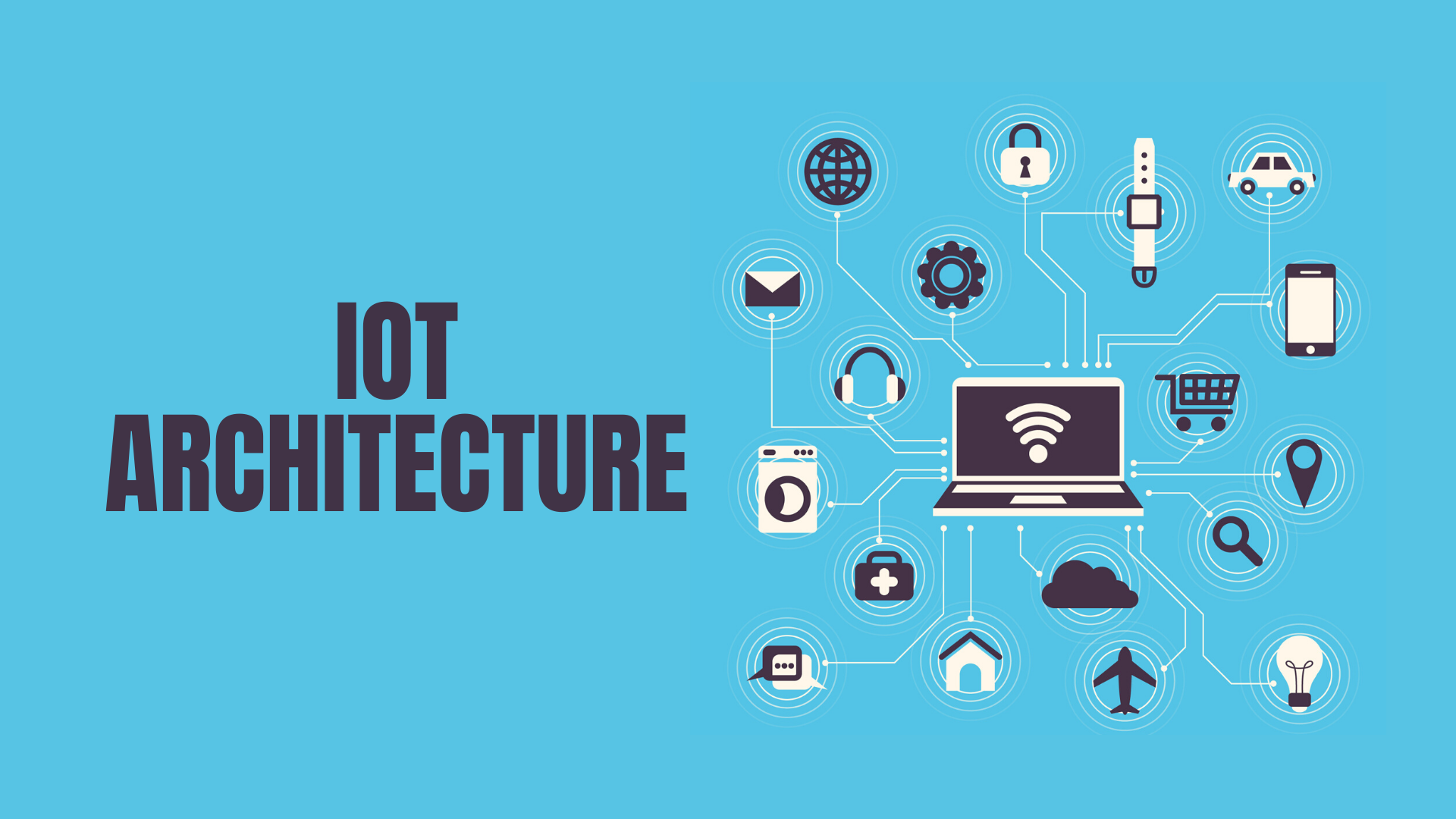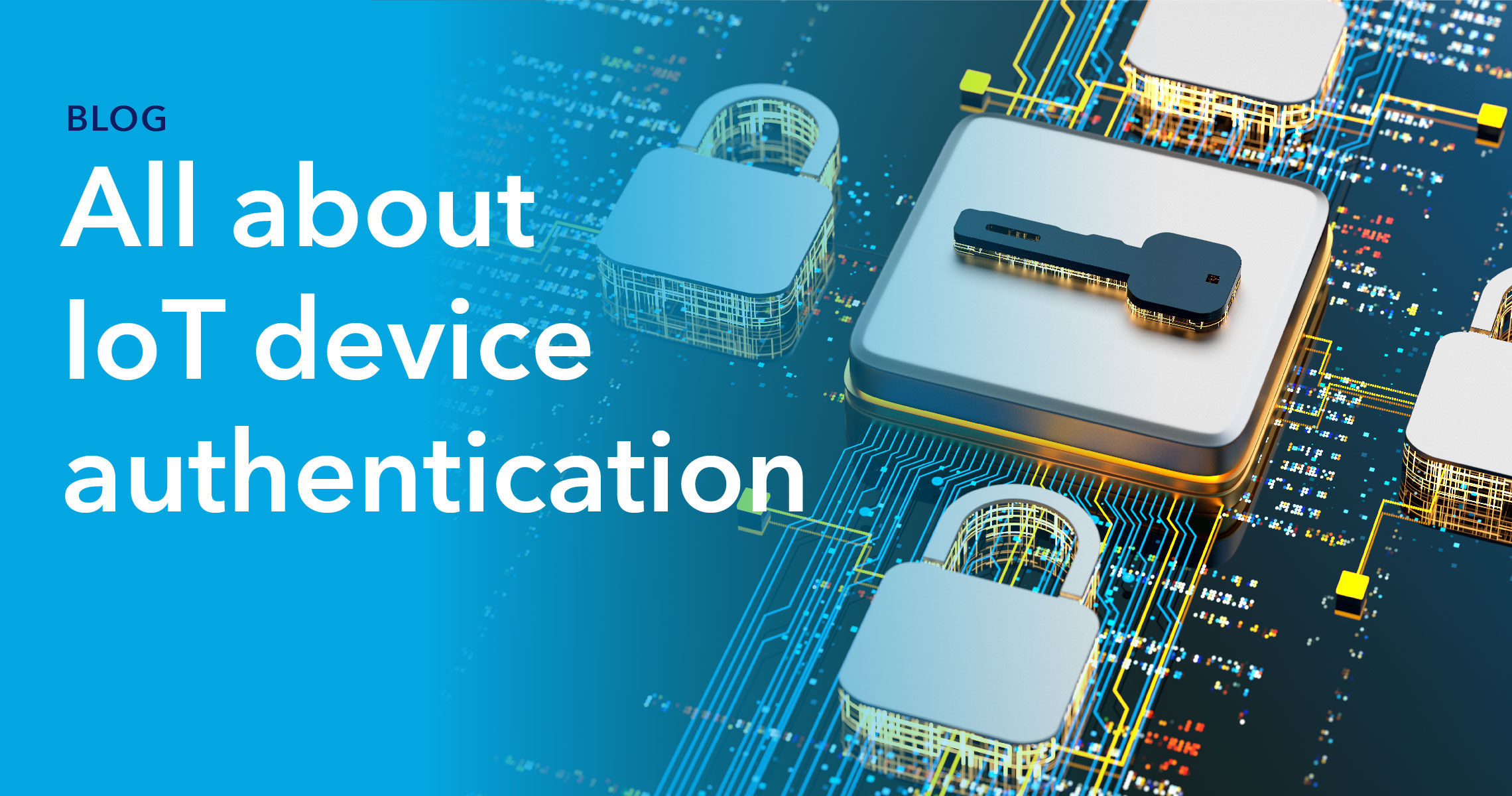How To Use Remote Manage IoT Over Internet On Mac Without Stress
Ever wondered how to take control of your IoT devices remotely using your Mac without breaking a sweat? Well, you’re in the right place. In today’s hyper-connected world, managing Internet of Things (IoT) devices from afar is not just convenient—it’s essential. Whether it’s turning off a smart light bulb at home or monitoring a security camera while you're miles away, remote IoT management is a game-changer. Let’s dive into the details and make this tech journey as smooth as butter.
Imagine this: You're chilling in a café, sipping your favorite latte, but suddenly you remember that you left the thermostat on full blast back at home. Panic sets in, but wait—what if you could fix it with just a few clicks on your Mac? That's where remote IoT management comes into play. This isn't some futuristic concept anymore; it's a reality that’s easier to implement than you think.
Now, before we get all tech-savvy and start throwing around jargon, let's break it down for you. Remote IoT management on a Mac doesn’t have to be complicated. In fact, it can be as simple as setting up a secure connection and using the right tools. Ready to learn how? Stick around, because we’re about to spill all the secrets.
Why Remote IoT Management Matters
In the era of smart homes and smart cities, IoT devices are everywhere. From smart fridges to smart thermostats, these gadgets are designed to simplify our lives. However, managing them when you're not physically present can be a challenge. That’s where remote management comes in. It allows you to keep an eye on your devices, tweak settings, and even troubleshoot issues from anywhere in the world.
Key Benefits of Remote IoT Management
- Convenience: Control your devices without lifting a finger—or rather, without being near them.
- Security: Monitor and manage your IoT setup to prevent unauthorized access.
- Efficiency: Optimize device performance and reduce energy consumption.
- Peace of Mind: Rest easy knowing you can handle emergencies remotely.
These benefits make remote IoT management a must-have skill for anyone who wants to maximize their smart home experience. So, let’s explore how you can achieve this on your trusty Mac.
Setting Up Your Mac for IoT Remote Management
Before you can start managing IoT devices remotely, you’ll need to prepare your Mac. This involves installing the necessary software, configuring settings, and ensuring your network is secure. Don’t worry—it’s not as daunting as it sounds.
- Lexis Star Age
- Kristine Melton
- Leigh Darby
- Kyla Dodds Fapello
- Lakers Vs Charlotte Hornets Match Player Stats
Step 1: Install Essential Tools
There are several tools available that make IoT remote management a breeze. Some popular options include:
- Home Assistant: A powerful open-source platform for managing smart home devices.
- Node-RED: A flow-based programming tool that simplifies IoT device integration.
- MQTT Clients: Protocols like MQTT are crucial for secure communication between devices.
Choose the one that best suits your needs and install it on your Mac. Most of these tools come with user-friendly interfaces that even beginners can navigate.
Step 2: Configure Your Network
A stable and secure network is the backbone of remote IoT management. Here’s what you need to do:
- Set up a static IP address for your IoT devices to ensure consistent connectivity.
- Enable port forwarding on your router to allow external access to your devices.
- Use strong encryption protocols, such as WPA3, to protect your network from intruders.
These steps might seem technical, but they’re crucial for maintaining a secure and reliable connection.
Understanding IoT Protocols
IoT devices communicate using various protocols, each with its own strengths and weaknesses. Familiarizing yourself with these protocols will help you optimize your remote management setup.
Popular IoT Protocols
- MQTT: Lightweight and ideal for low-bandwidth environments.
- CoAP: Designed for constrained devices and networks.
- HTTP: Widely used but less efficient for IoT applications.
Choosing the right protocol depends on factors like device capabilities, network conditions, and security requirements. For most Mac users, MQTT is a solid choice due to its simplicity and efficiency.
Securing Your IoT Setup
Security should always be a top priority when managing IoT devices remotely. Hackers are always on the lookout for vulnerabilities, so it’s essential to take the necessary precautions.
Tips for Securing Your IoT Devices
- Use strong, unique passwords for all your devices.
- Keep firmware and software up to date to patch security flaws.
- Implement two-factor authentication (2FA) whenever possible.
- Regularly monitor your devices for suspicious activity.
By following these tips, you can significantly reduce the risk of unauthorized access and protect your personal data.
Connecting to Your IoT Devices
Once your Mac is set up and your network is secure, it’s time to connect to your IoT devices. This process may vary depending on the tools and protocols you’re using, but here’s a general guide:
Using Home Assistant
Home Assistant is one of the most popular platforms for managing IoT devices. Here’s how you can use it:
- Install Home Assistant on your Mac or a dedicated server.
- Add your IoT devices to the platform by following the on-screen instructions.
- Configure automations and integrations to suit your needs.
- Access Home Assistant remotely via a web browser or mobile app.
With Home Assistant, you can control everything from lighting to climate control with just a few clicks.
Using MQTT
If you prefer a more hands-on approach, MQTT is a great option. Here’s how to get started:
- Install an MQTT broker, such as Mosquitto, on your Mac.
- Configure your IoT devices to connect to the broker.
- Use an MQTT client to send and receive messages from your devices.
MQTT offers a lot of flexibility, making it ideal for advanced users who want full control over their IoT setup.
Monitoring and Troubleshooting
Even with the best setup, things can go wrong. That’s why it’s important to have a system in place for monitoring and troubleshooting your IoT devices.
Monitoring Tools
There are several tools available that can help you keep an eye on your IoT setup:
- Grafana: A powerful visualization platform for monitoring IoT data.
- Prometheus: An open-source monitoring system that integrates well with IoT devices.
- Loggly: A cloud-based log management service for tracking device activity.
These tools provide real-time insights into your IoT ecosystem, helping you identify and resolve issues quickly.
Troubleshooting Tips
When things don’t go according to plan, here are some steps you can take:
- Check your network connection and ensure all devices are online.
- Review logs for error messages or unusual activity.
- Restart your devices and try reconnecting.
- Consult the documentation or seek help from online communities.
With a little patience and perseverance, you can overcome most IoT-related challenges.
Best Practices for Remote IoT Management
To make the most of your remote IoT management setup, here are some best practices to keep in mind:
- Set up routines and automations to streamline device management.
- Regularly back up your data to prevent loss in case of a failure.
- Limit access to your IoT setup to trusted individuals only.
- Stay informed about the latest trends and technologies in the IoT space.
By following these best practices, you can ensure a smooth and secure remote IoT management experience.
Future Trends in IoT Management
The world of IoT is constantly evolving, and new technologies are emerging all the time. Here are some trends to watch out for:
- Edge Computing: Processing data closer to the source for faster response times.
- AI Integration: Using artificial intelligence to enhance device functionality.
- 5G Networks: Enabling faster and more reliable connections for IoT devices.
Staying ahead of these trends will help you future-proof your IoT setup and take advantage of new opportunities as they arise.
Conclusion
Managing IoT devices remotely on your Mac doesn’t have to be a headache. With the right tools, protocols, and security measures in place, you can take full control of your smart home ecosystem from anywhere in the world. Remember to keep your setup secure, monitor your devices regularly, and stay informed about the latest developments in the IoT space.
So, what are you waiting for? Start exploring the world of remote IoT management today and unlock the full potential of your smart devices. Don’t forget to leave a comment or share this article if you found it helpful. Happy tinkering!
Table of Contents
- Why Remote IoT Management Matters
- Setting Up Your Mac for IoT Remote Management
- Understanding IoT Protocols
- Securing Your IoT Setup
- Connecting to Your IoT Devices
- Monitoring and Troubleshooting
- Best Practices for Remote IoT Management
- Future Trends in IoT Management
- Conclusion
- Lee Dong Wook Wife And Son
- Lashontae Heckard Teyana Taylor
- Lakers Vs Charlotte Hornets Match Player Stats
- Kristinemelton
- Lauren German
How To Use Remote Manage IoT Over Mac Without Hassle

Remote Manage IoT Over On Mac For Free Comprehensive Guide

How To Connect SSH IoT Device Over Without Mac Or Windows